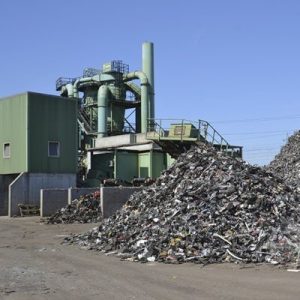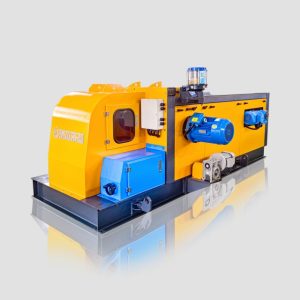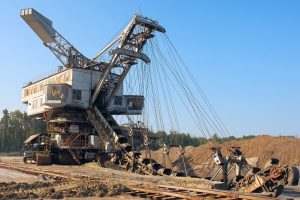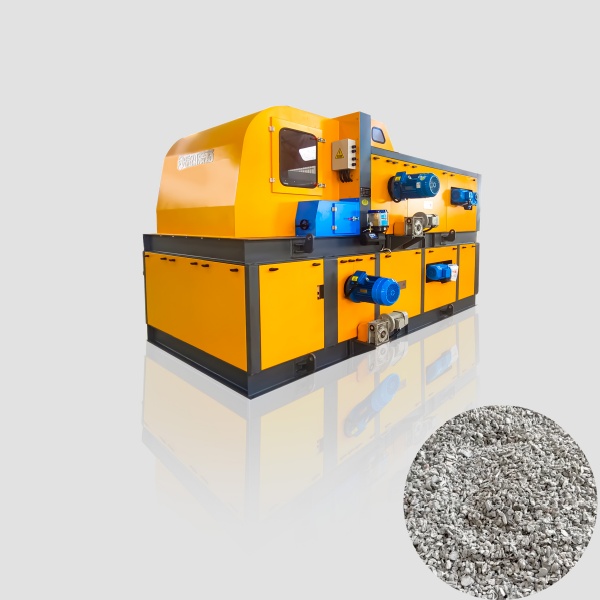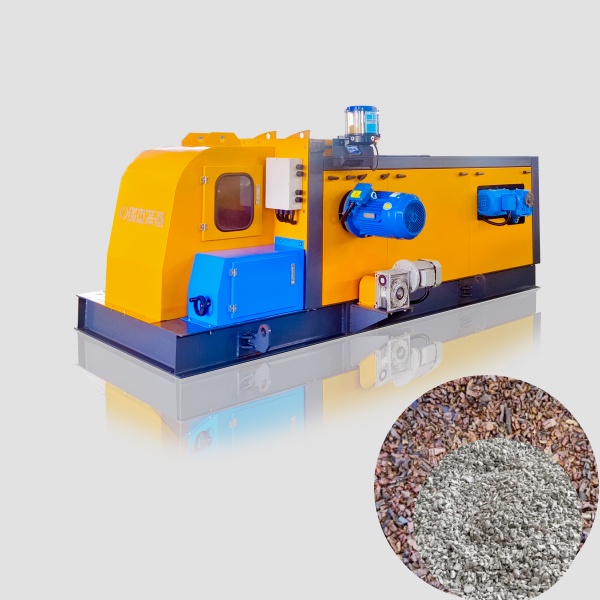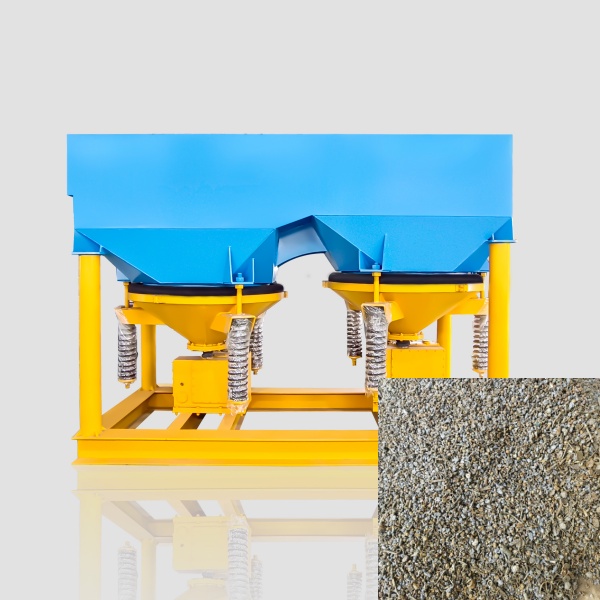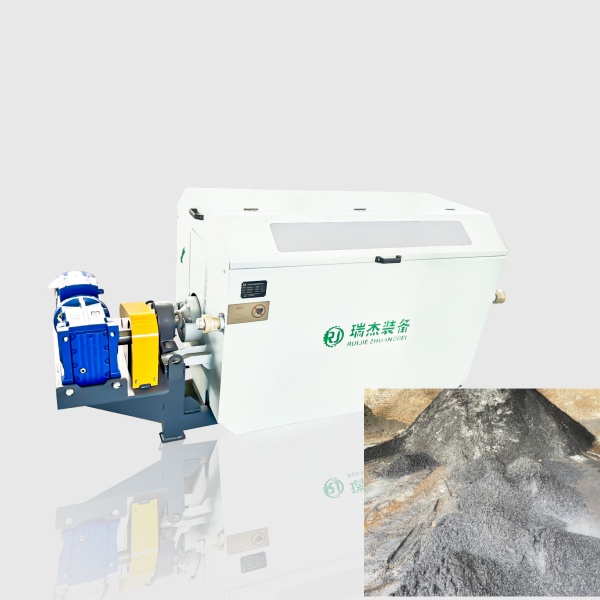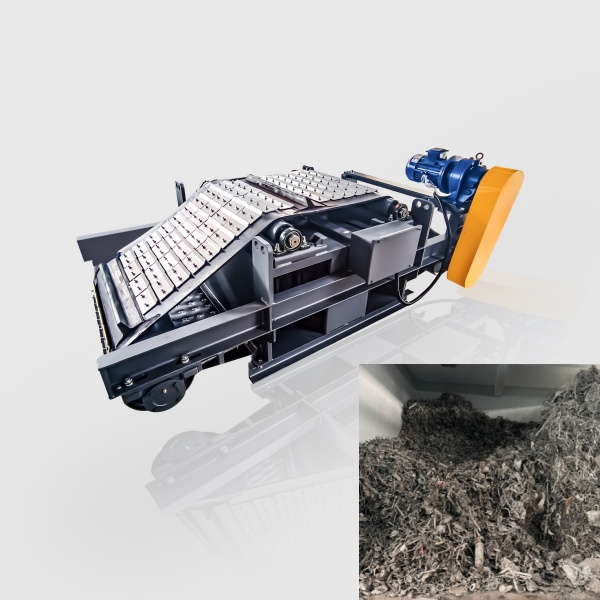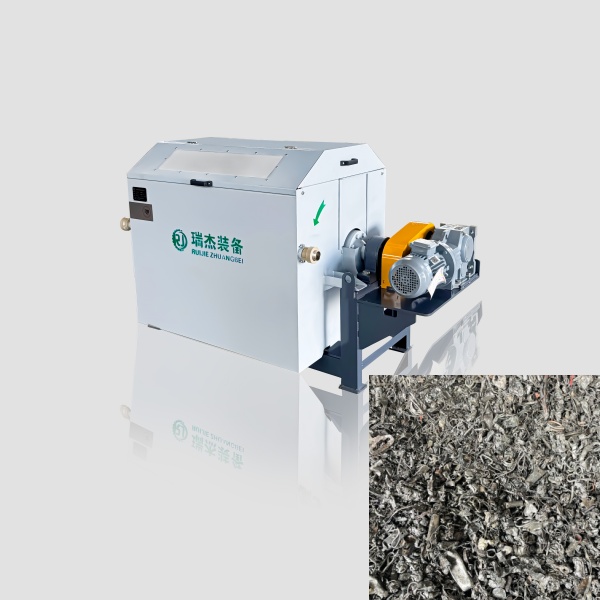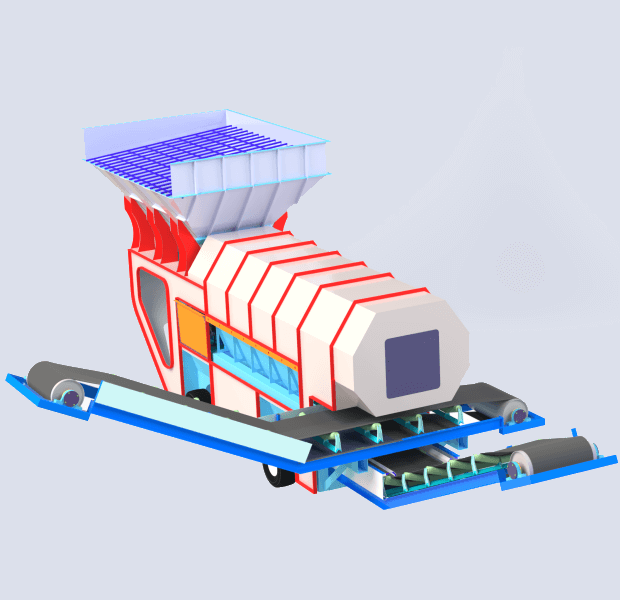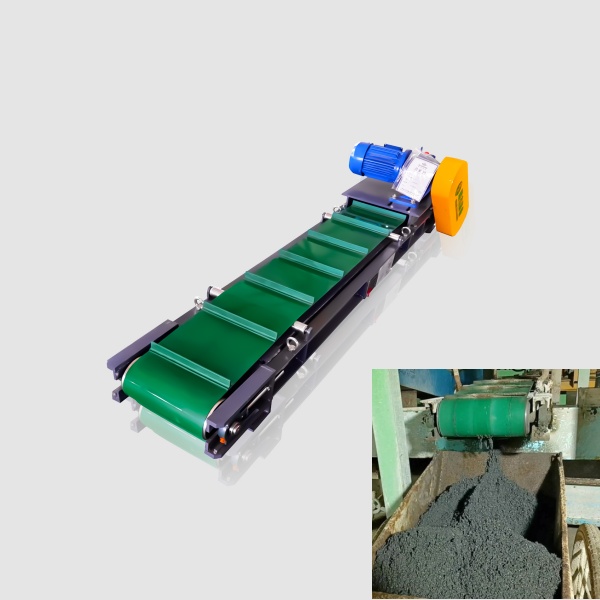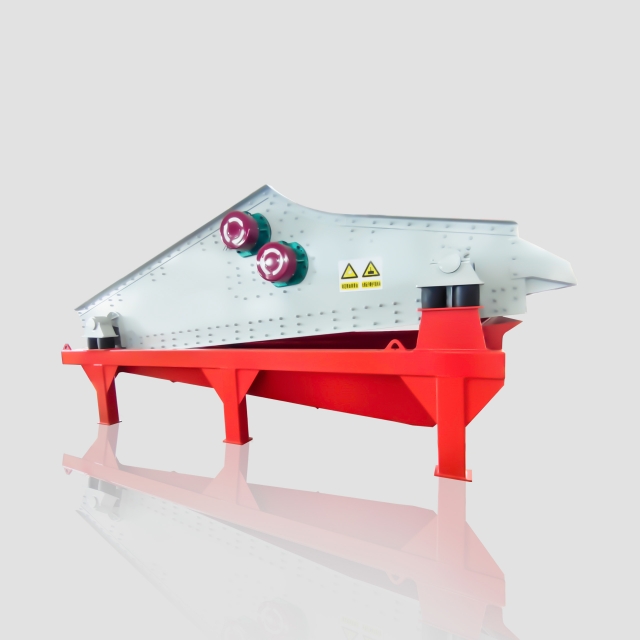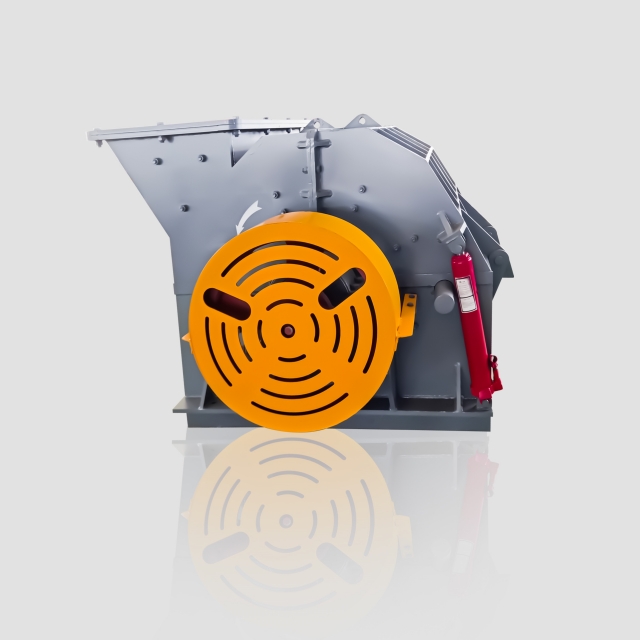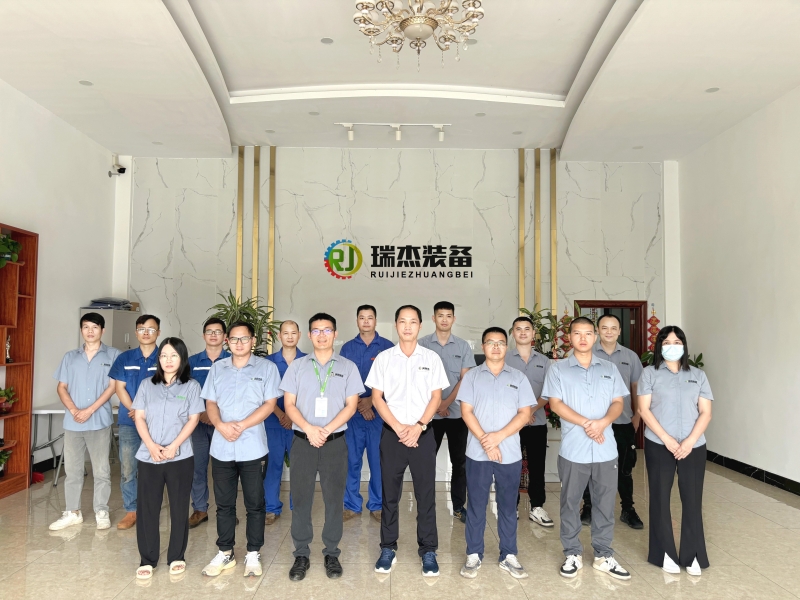Automotive shredder residue (ASR) is a complex mix of materials left after recycling vehicles and appliances, presenting significant challenges in waste management. With traditional recycling methods often falling short, advanced technologies offer promising solutions to transform this waste into valuable resources.
This article explores the importance of ASR recycling and its advanced technologies for sustainable waste management, from mechanical and thermal processes to innnovated material recovery techniques.
What is ASR Recycling
Automotive shredder residue (ASR) consists of a mix of materials left behind after recycling vehicles and appliances, including plastics, rubber, glass, fibers, and metals. Managing ASR waste presents challenges. Its mixed composition makes sorting and processing difficult.
Traditional sorting methods fail to handle such complexity effectively. Each material requires specific processing techniques, which increases the difficulty of achieving efficient recyclingIn addition, Traditional ASR recycling methods often struggle to remain cost-effective. The high costs of sorting, processing, and disposing of ASR materials can outweigh the value of recovered resources. Advanced ASR recycling technologies offer sustainable solutions, transforming waste into reusable materials and reducing pollution.
Advanced Technologies for ASR Recycling
Mechanical Recycling
Sorting and separation technologies form the backbone of effective shredder residue processing. You can use advanced equipment like optical sorters, magnetic separators, and eddy current systems to isolate valuable materials. Optical sorters identify and separate plastics, metals, and other components based on their physical properties. Magnetic separators extract ferrous metals, while eddy current systems recover non-ferrous metals like aluminum. These technologies ensure precise material recovery, reducing waste and improving efficiency. By integrating these systems into your operations, you can handle the complex composition of shredder residue with greater accuracy.
Thermal Recycling
Thermal processing systems offer a powerful solution for managing shredder residue. High-temperature systems, such as gasification or incineration units, break down organic materials in ASR. Gasification converts waste into syngas, which you can use as an energy source. Incineration reduces the volume of shredder residue while generating heat or electricity. These systems minimize harmful emissions through advanced filtration and emission control technologies. By adopting thermal processing, you can transform ASR into energy while addressing environmental concerns.
Innovations in Material Recovery
Innovations in material recovery are revolutionizing how you process shredder residue. Advanced technologies like robotic sorting and AI-driven systems enhance the precision of material identification. Robotic arms equipped with sensors can sort ASR components faster and more accurately than manual methods. AI algorithms analyze shredder residue in real-time, optimizing recovery rates. Additionally, chemical recycling methods are emerging to recover plastics at a molecular level. These innovations maximize resource recovery, reduce waste, and support sustainable recycling practices.
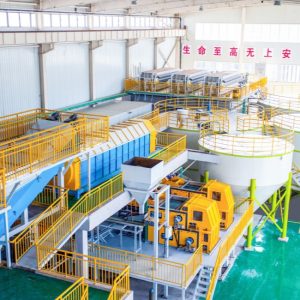
Benefits of ASR Recycling
Environmental Benefits
Reduction of landfill waste
Recycling ASR helps you reduce the amount of waste sent to landfills. By recovering materials like metals, plastics, and fibers, you prevent these items from taking up space in landfills. This reduces the risk of harmful substances leaching into the soil and water. Recycling also minimizes the environmental footprint of waste disposal, making it a key step toward sustainability.
Conservation of natural resources
When you recycle ASR, you conserve natural resources by reusing materials instead of extracting new ones. Metals recovered from ASR can replace the need for mining, while recycled plastics reduce the demand for petroleum-based products. This approach ensures that valuable resources are used efficiently, supporting a healthier planet for future generations.
Economic Advantages
Cost savings and resource recovery
ASR recycling offers significant cost savings. By recovering materials from waste, you reduce the expenses associated with raw material extraction and production. For example, reusing metals and plastics lowers manufacturing costs. Additionally, recycling creates opportunities to recover resources that would otherwise go to waste, adding economic value to discarded materials.
Creation of new markets for recycled materials
Recycling ASR opens doors to new markets. Recycled materials like plastic pellets and metal components can be sold to industries that need them. This creates a demand for recycled products and encourages innovation in manufacturing. By participating in these markets, you contribute to a growing economy centered on sustainable practices.
Key Steps in the ASR Recycling Process
Shredding
- End-of-life vehicles are first shredded into small pieces using a powerful industrial shredder.
- The shredding process breaks down the vehicle into smaller components, which includes metals, plastics, glass, rubber, and other materials.
Separation of Material
- Magnetic Separation: The magnetic separator uses magnetic force to separate metals from non-metallic materials.
- Eddy Current Separation: The eddy current separator primarily separates non-ferrous metals (such as aluminum, copper, and zinc) from other materials.
- Gravity Sorting: The gravity sorting machine separates lighter and heavier materials based on their different densities.
- Screening: The screening machine sorts materials by size, separating larger and smaller particles.
Post-Separation Material Processing
- Metals: Separated metals, such as steel and aluminum, are cleaned, impurities are removed, and then sent to a smelter for melting. During smelting, metals are purified and re-cast into new parts.
- Plastics: Plastics are cleaned, cut into small pellets, and then undergo pyrolysis, which breaks them down in the absence of oxygen into oils, gases, and char. These by-products can be used as fuel or chemical feedstocks. Thermal treatments like extrusion and injection molding process the pellets into new plastic products.
- Glass: After cleaning and crushing, the glass is processed into new glass products.
- Landfill Disposal: Non-recyclable or non-processable waste is sent to the landfill.
Challenges in ASR Recycling
High costs of recycling processes
Recycling ASR involves high operational costs. Advanced sorting systems, energy-intensive processes, and specialized equipment require significant investment. These costs discourage businesses from adopting ASR recycling. Additionally, the fluctuating market value of recycled materials can make it harder to justify the expense.
Need for supportive regulations and incentives
Supportive policies play a crucial role in promoting ASR recycling. Without regulations, companies may opt for cheaper disposal methods like landfilling. Incentives such as tax breaks or subsidies can encourage investment in recycling technologies. Governments must also establish clear guidelines to ensure sustainable practices. By advocating for these measures, you can help create a more recycling-friendly environment.
Conclusion
ASR recycling plays a crucial role in reducing landfill waste, conserving natural resources, and driving economic benefits through resource recovery and the creation of new markets. While challenges such as high costs and the need for supportive regulations remain, advancements in recycling technologies offer a sustainable path forward, helping to contribute to a greener, more efficient future.

